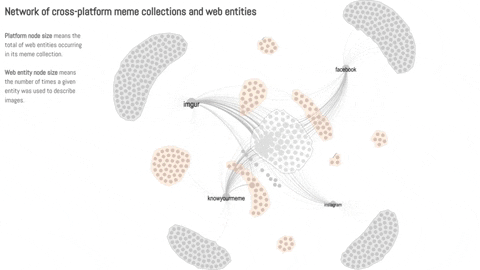Collecting data using APIs & Making Meme collections
Collecting data using APIs & Making Meme collections

Figure description: Using open-source software applications to access and understand API data and documentation.
YouTube Data Tools (version 1.22) (Rieder, 2015): modules and respective inputs, API endpoint(s), and parameters for data collection. Source: Omena, 2022.
CIM teaching fellow Janna Joceli Omena is a contributor to SAGE Research Methods: Doing Research Online. The how-to-guides entries are about application programming interfaces (APIs) and how to make meme collections. The two-part series of guides on Collecting Data Using APIs presents a technicity perspective to understand APIs and navigate API documentation. And learn in practice how to communicate with and access APIs. These guides help us "understand the attitude they need to adopt to become conceptually, technically, and empirically acquainted with APIs and the tools needed to communicate with and request data from them". Part 1 introduces the main characteristics and types of Web APIs, and presents ways of understanding and navigating API documentation, including using data retrieval software and verifying outputs. Part 2 highlights the main requirements to communicate with and access APIs. Moreover, it presents aspects to consider before, during, and after data collection while illustrating key ethical considerations that may arise.
The entry on making meme collections is a piece written in collaboration with Giulia Giorge and Richard Rogers. This how-to-guide teaches the making of meme collections. It provides guidance to query and extract memes from memes database (Know Your Meme) and generator (Imgur), social media and Google Image search engine. Finally, the guide empirically explains how the online environment affects the conceptualisation and composition of a meme collection.
For further information, please see the links below.
Collecting Data Using APIs:
- Part 1 How to Understand APIs and Navigating API Documentation https://dx.doi.org/10.4135/9781529611441
- Part 2 How to Communicate With and Access APIs https://dx.doi.org/10.4135/9781529611458
How to Make Meme Collections: https://dx.doi.org/10.4135/9781529611267
